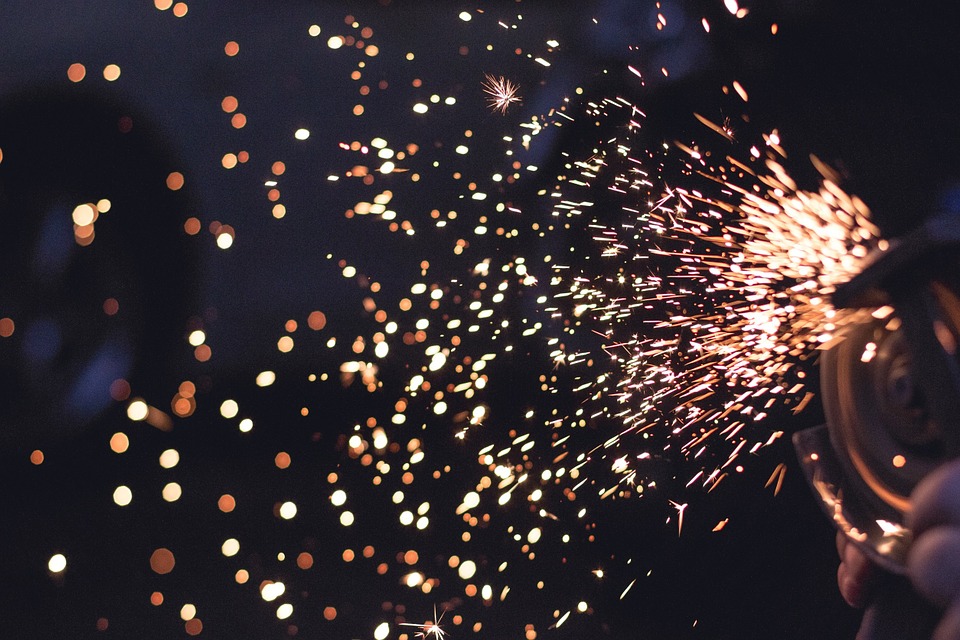
Manufacturers choose laser cutting tools because of their versatility and capabilities. Laser cutters could revolutionize the workplace and reduce worker injuries quickly. The laser cutters don’t require a worker to hold the tools when cutting, and automation is a distinct possibility for manufacturers. Reviewing the tech behind the laser cutters shows how they work and why they are superior.
What is a Laser Cutter Exactly?
With a laser cutter, the laser is light amplified by the stimulated emission of radiation. While this sounds complicated, it isn’t. Basically, the cutter emits a wavelength of light through the materials and performs cuts using the application of radiation. Instead of cutting the material in the more traditional sense, it alters the form of the materials. This means that, when the laser cuts through steel, it is liquefying the metal so quickly you don’t see it with the naked eye. By the time they complete the cut, the steel returns to its original solid form. Manufacturers can learn more about the application by reading laser cutter reviews now.
Performing a Variety of Cuts
Since the laser must be versatile and cut through different materials, the machines use several lenses to send the wavelength of light through the materials. Each of the lenses performs a magnification of the laser beam to cut the material faster. It is the same principle people see when allowing the sunlight to flow through a magnifying glass. It applies the heat from the laser where the lenses direct it, and it applies its heat onto the material to make the preferred cut.
Since it is more concentrated, the laser beam cuts at a faster rate and the workers get a smoother cut. It won’t cause burn marks on the materials and cause companies to lose money because they need additional supplies to complete projects. The protons from the lasers help the machines focus the light on a specific point and complete a precise cut every time.
Using Gases for the Cuts
The laser cutters use one of two gases when completing the cuts. Softer materials require oxygen, and more robust materials require hydrogen. The process applies each of the gases according to the settings on the machine. When workers set up the job on the cutter, they must adjust it for the softness and thickness of each material. This tells the laser cutter which gas it needs for the service. The gas passes through the lenses with the laser wavelengths. The laser ignites the preferred gas to complete the cuts and avoid damaging the materials.
Computers and Databases
Modern laser cutting tools come with their own computer and technology. The computers and controls allow workers to control the laser cutter and enter details for each cut. The design also gives manufacturers a database for storing previous cuts and saving time. Some designs allow the company to connect the laser cutters to the network and give remote access to workers. When automating the machines, remote connections remove the workers from the work area, and robotics are used to load the materials.
Laser cutting tools offer precise cuts every time, and they don’t make mistakes like workers do when using traditional cutting tools. Manufacturers create smooth edges and have extra flexibility when using the machines. Exploring the technology used for the machines could show manufacturers why the machines are a better fit for their organization.
